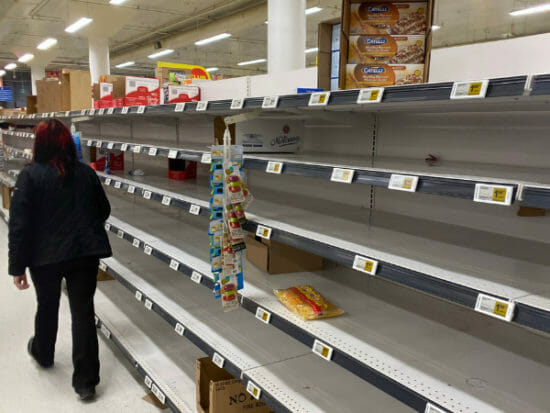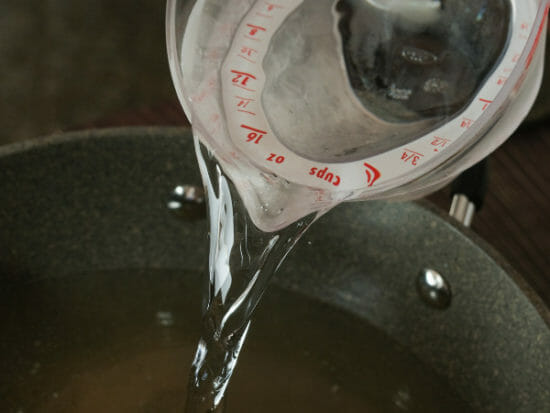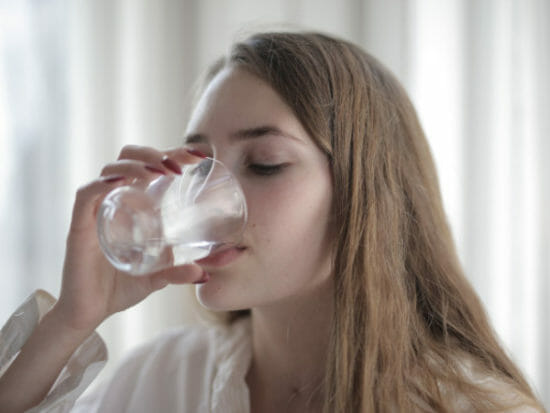What is going on with the distilled water shortage?
The various kinds of water— regardless of their source, from a well, a natural spring, or conventional tap — may contain minute, but harmless amounts of bacteria, pesticides, minerals, and other toxins that may have been washed into the source unknowingly.
All of these contaminants are removed from water during distillation. Distilled Water also removes almost all the dissolved minerals present in water. It is not that different from your tap water and even water available from your kitchen faucet.
Distilled water has its benefits and can be used for virtually everything. Maintain your car humidifiers, water your plants, and even use distilled water for your aquarium.
Making distilled water at home is an easy and very uncomplicated process that might help you save money on water bottles. The difference between homemade and store-bought might be because they lack some nutrients found in other store-bought choices.
However, distilled water passes through many processes different from other available water types.
Why Is Distilled Water Lacking In Stores?
Many waves of panic caused by the Coronavirus have resulted in a rush to empty distilled water from grocery stores and a shortage of protective gloves and masks. However, people with respiratory ailments who require oxygen may have a new worry: a lack of distilled water. Although water helps humidify the air, tap water might damage the equipment. For the time being, finding distilled water may be difficult.
Suppose people do not have access to the water they require. In that case, many will be forced to resort to alternative methods, like breathing oxygen without humidification, filtering, or resorting to making distilled water at home.
What To Do When I Run Out Of Distilled Water?
Thankfully you can create a DIY distilled water, and it is very simple to manufacture. If you use distilled water regularly, you must know how to make it yourself. All you would need is two pots, a stove, water, and a couple of minutes.
There are no special requirements, so it is very likely that you already have all you would need in your kitchen. You would need one big covered pot and a smaller one, some ice, water, and lastly oven mitts, so your hands don’t get burnt from hot cookware.
The act of distilling water takes a huge chunk of time to complete, so you have to be very patient.
The following instructions would turn you into a true Alchemist and show you basically how to manufacture distilled water:
Try comprehending the process so that you can achieve about 90% yield. Be sure to keep the pots hydrated at all times, especially towards the end of the distillation process, as empty heating pots might damage your cookware.
How to Turn Regular Water into Distilled Water
- Then, pour your desired quantity of tap water into the large pot and place it over a stovetop heat. The smaller pot is meant to be placed inside the larger pot. Please make sure it fits and the smaller pot stays in the water constantly.
Airflow is essential for moving water vapor in the huge pot. Be sure to allow enough, especially around the edges and between the larger pot’s top. - Next, adjust the heat on the burner to a setting that is somewhere between medium and medium-high. Let the heat level be between 80°C-95°C rather than boiling the water. Try to avoid heating at incredibly high temperatures, as this will not give you better results; you will just end up making it harder to handle kitchen equipment.
- After turning on your heat source, position the big pot with its lid facing downwards.
The middle of the lid is normally higher than the borders. The already evaporated and condensed water will drip down to the middle of the lid and into the smaller pot when the lid is flipped. After you’ve completed all of this, go to your ice machine (or tray) and fill the top of the inverted lid with ice. And due to the difference in temperature on both sides of the lid, the condensation process will be faster. - Now, you can rest. The ice can be replenished twice but as you like it. We highly recommend using oven mitts because you deal with very hot cookware. As you pour out the melting ice, do it cautiously, as all the water dripping from in the smaller pot is distilled.
Boiling Water vs. Distilled Water
While both boiled water and distilled water are involved in the liquid-gas state of water, they are entirely different products that should be treated differently.
The basic difference is that distilled water is the utmost form of purified water devoid of many microorganisms, and it is used for various reasons, including in industries. Boiling water is not considered as pure as distilled water and cannot be used where high water purity is required.
Water that is boiling is way past boiled water for a cup of tea or cooking pasta. Boiling water could be of use for sanitation. While it is pure enough for drinking and sanitation, it is not pure enough to be of use in humidifiers and other important industrial purposes because it contains minerals that are not wanted.
Distilled water is boiled past its boiling point until it evaporates. Then it condenses to its liquid form, unlike boiling water which boils to 100°C.
Bacteria and most microorganisms cannot survive temperatures of more than 48°C, but this does not affect minerals like calcium, making boiled water ideal for drinking.
Distilled Water lacks both microorganisms and minerals that are beneficial. Which makes it not all that suitable for drinking but perfect for any other purpose it is of the requirement for, especially for humidifiers.
Related Articles
Conclusion
Remember that distilling your water is simple (and enjoyable! ). The lack of nutrients makes it a poor choice for regular drinking water. If you’re at home and need it for a device or just to keep your fish healthy, you definitely have the resources to make it yourself.




